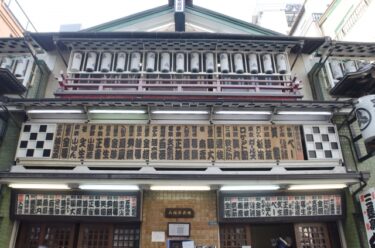One of the most fascinating aspects of daily life in Japan, particularly for foreigners, is the experience of using Japanese toilets. While the world is becoming more familiar with the high-tech “washlet” (the bidet function built into many toilets), there are still several unique features that can catch visitors by surprise.

The Washlet: A Technological Marvel The washlet has become synonymous with modern Japanese bathrooms. Offering a range of features like a bidet spray, heated seats, and even deodorizing options, the washlet is designed for maximum comfort and hygiene. However, first-time users might be overwhelmed by the array of buttons—often with icons that aren’t always intuitive. The most important ones include:
- “Bidet” (ビデ): A gentle spray of water, often adjustable, used for cleaning.
- “Oshiri” (おしり): Another spray function specifically designed for posterior cleaning.
- Seat heating control: Allows you to adjust the temperature of the seat.
These functions might feel luxurious to some and confusing to others. It’s important to familiarize yourself with the buttons before trying them out!
The Sound Button: “Otohime” One button that often puzzles foreigners is the “sound button” or “Otohime” (音姫). This button plays the sound of flushing water to mask any embarrassing noises while using the toilet. While some visitors mistake it for a flushing button, its purpose is purely for modesty. The concept reflects Japan’s cultural emphasis on avoiding unnecessary discomfort in social settings, even in restrooms.
Squat Toilets: A Traditional Option While high-tech toilets dominate most homes and public restrooms, you might still encounter the traditional squat toilets, especially in rural areas or older public facilities. These can be intimidating for people unfamiliar with them, but they are still used due to cultural preferences and hygiene perceptions in certain situations. The experience of using a squat toilet is very different from a Western-style toilet and may require some getting used to.
The Multi-Functional Restroom Japanese public restrooms are incredibly clean and well-maintained, and often have multiple features that set them apart from those in other countries:
- Sanitary wipes: Some restrooms provide sanitizing wipes for users to clean the toilet seat before use.
- Personal shelves: Many stalls offer small shelves or hooks to place your belongings, keeping them off the floor.

- Child seats: In women’s restrooms, it’s common to find small seats attached to the wall where parents can safely place their child while they use the toilet.
The Importance of Cleanliness In Japan, cleanliness is a huge cultural value, and this extends to the restroom experience. Public restrooms are regularly cleaned, and users are expected to leave the space as tidy as they found it. Unlike in some countries, there is rarely any need to pay for restroom use, but proper etiquette like wiping down the seat after use or ensuring the area is clean for the next person is expected.

The Toilet Slippers In some traditional homes, ryokan (Japanese inns), or even certain restaurants, you’ll encounter toilet slippers. These are slippers placed at the entrance of the bathroom, intended to be worn only inside the restroom and never taken outside. This practice is rooted in Japan’s emphasis on cleanliness and separating “dirty” areas from clean living spaces.
These are just a few of the unique aspects of using toilets in Japan. For many foreigners, adjusting to these differences can take time, but they offer an interesting glimpse into the country’s attention to detail, cleanliness, and consideration for others.







